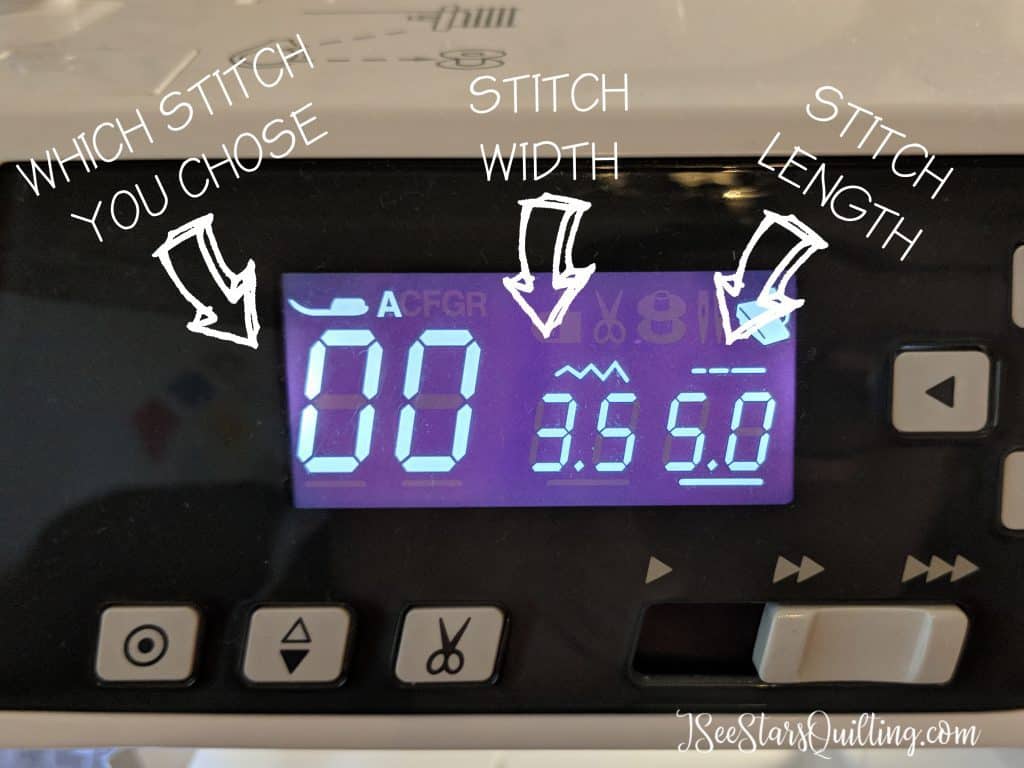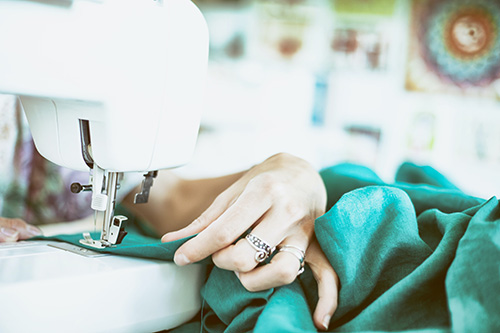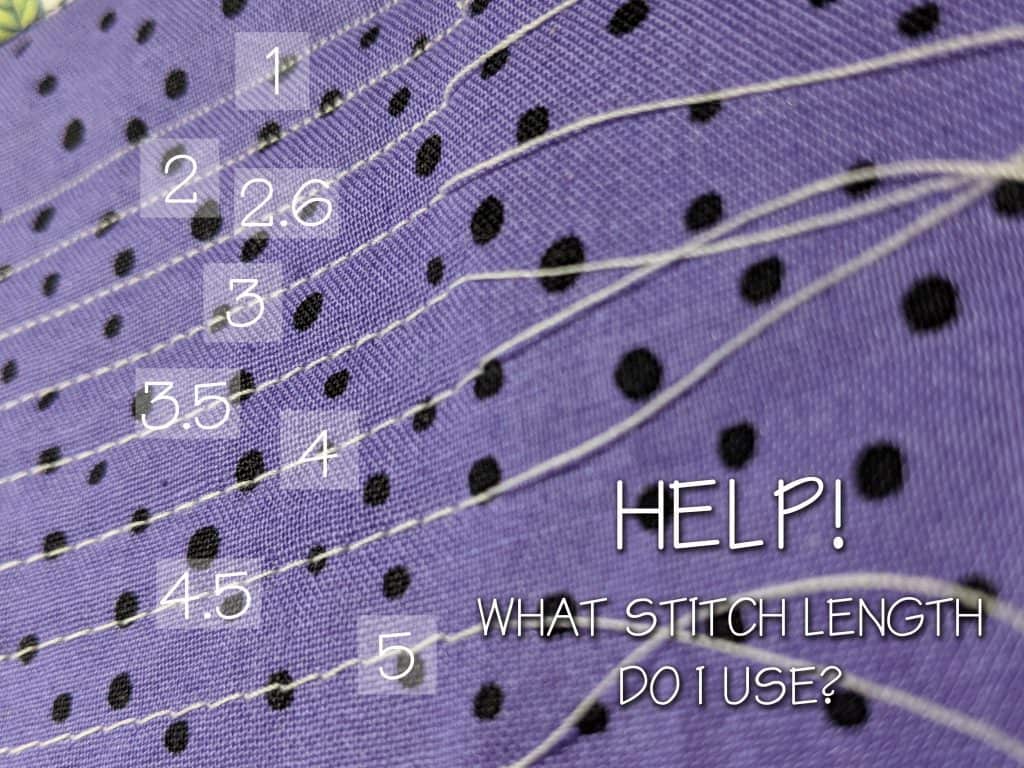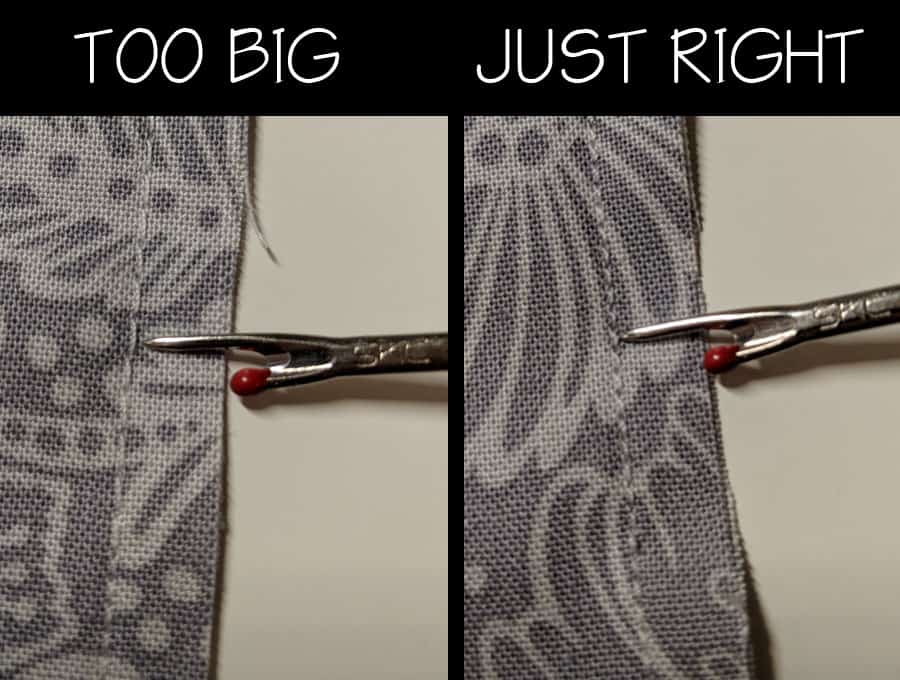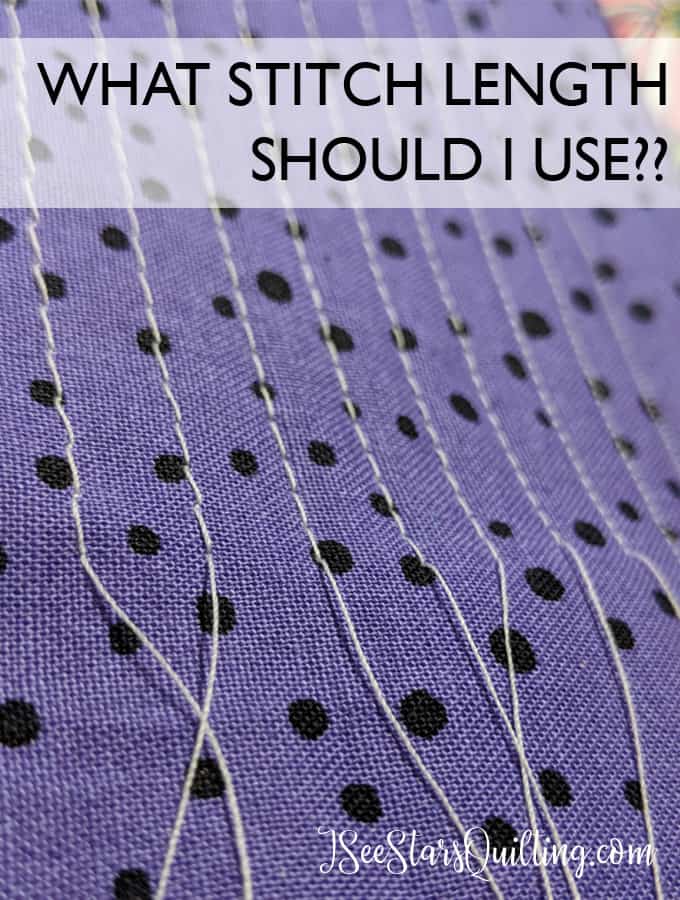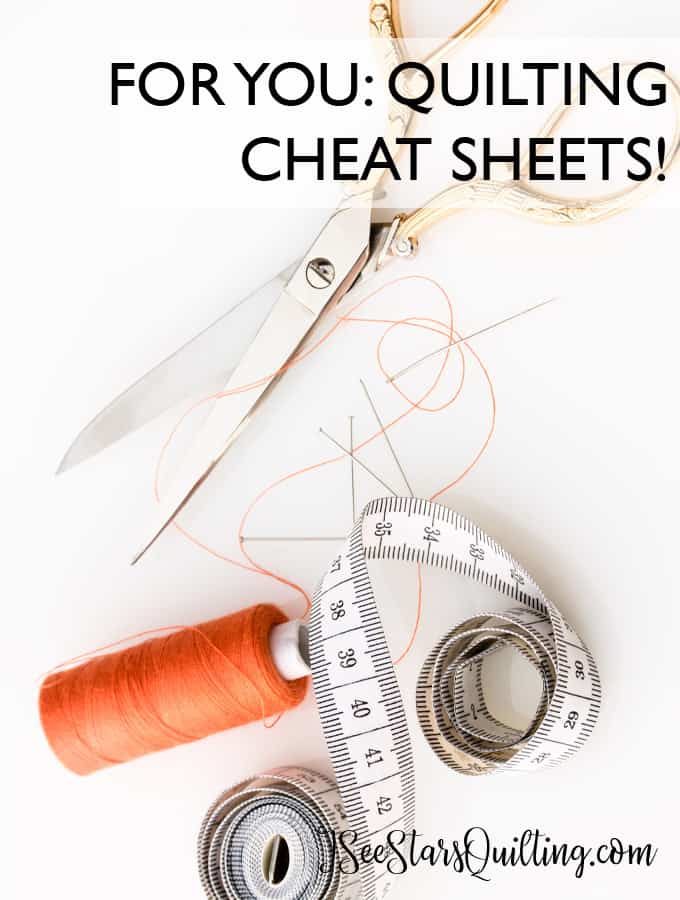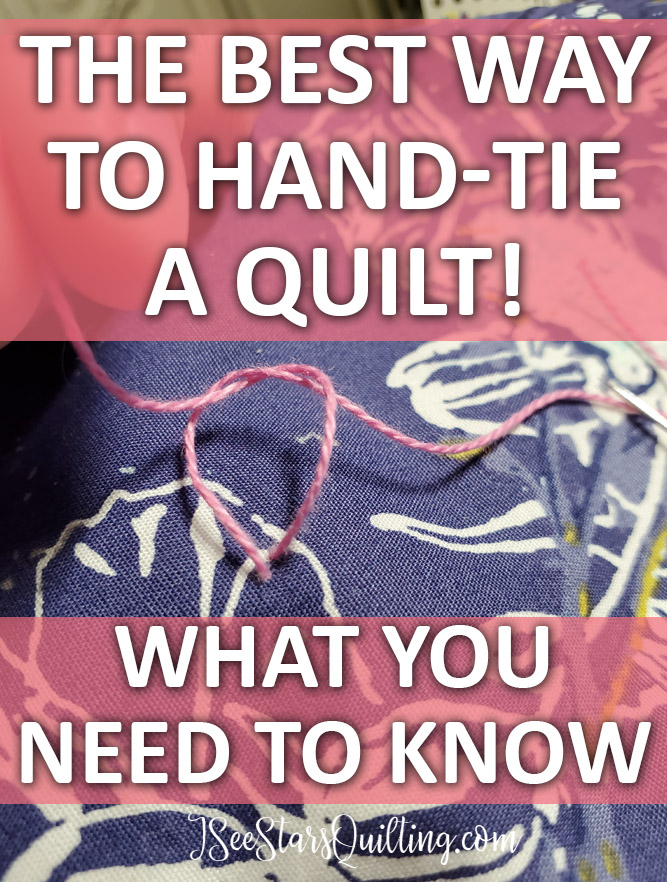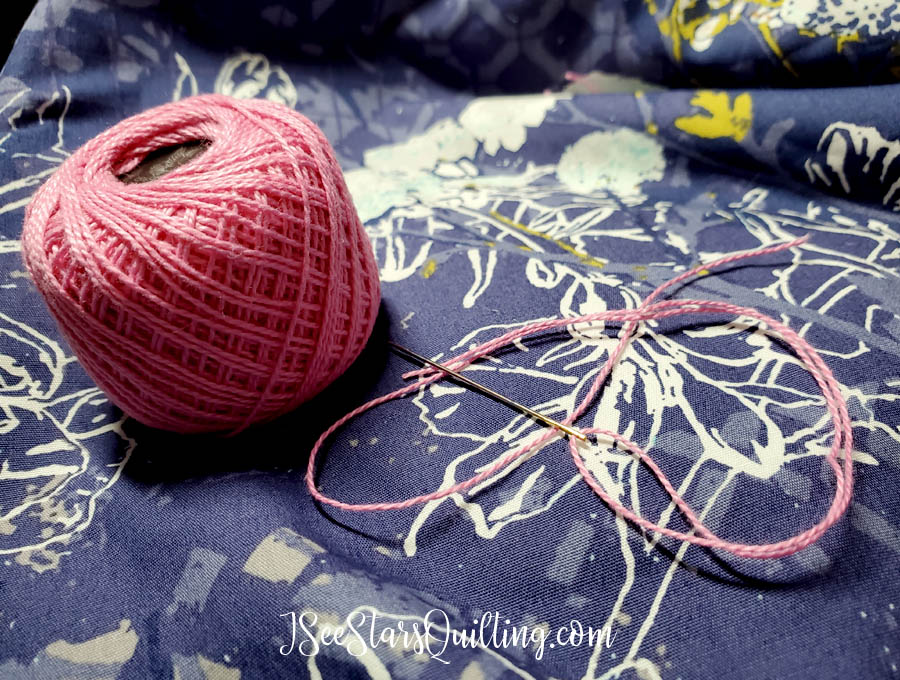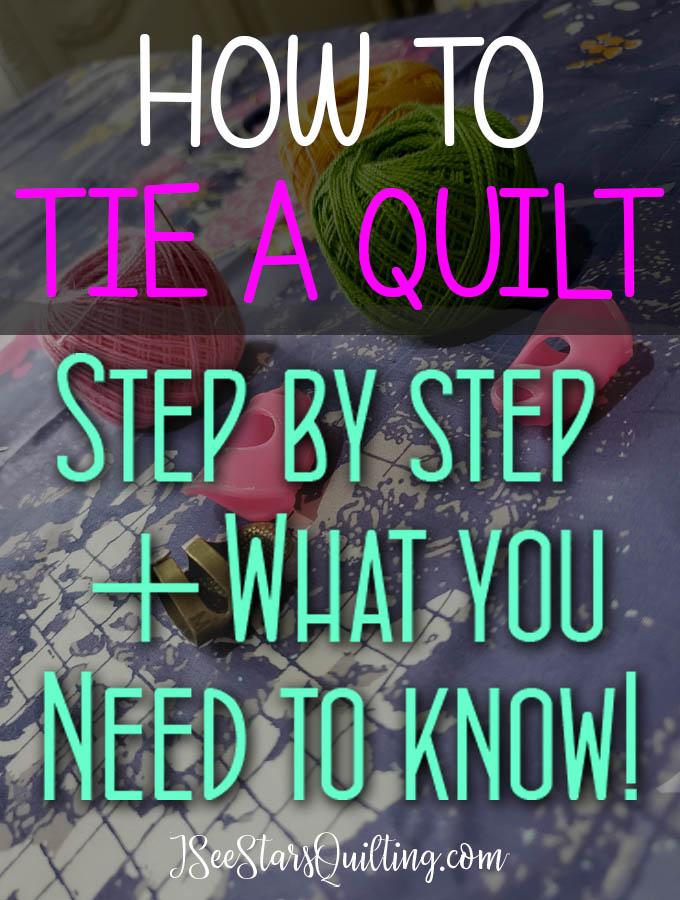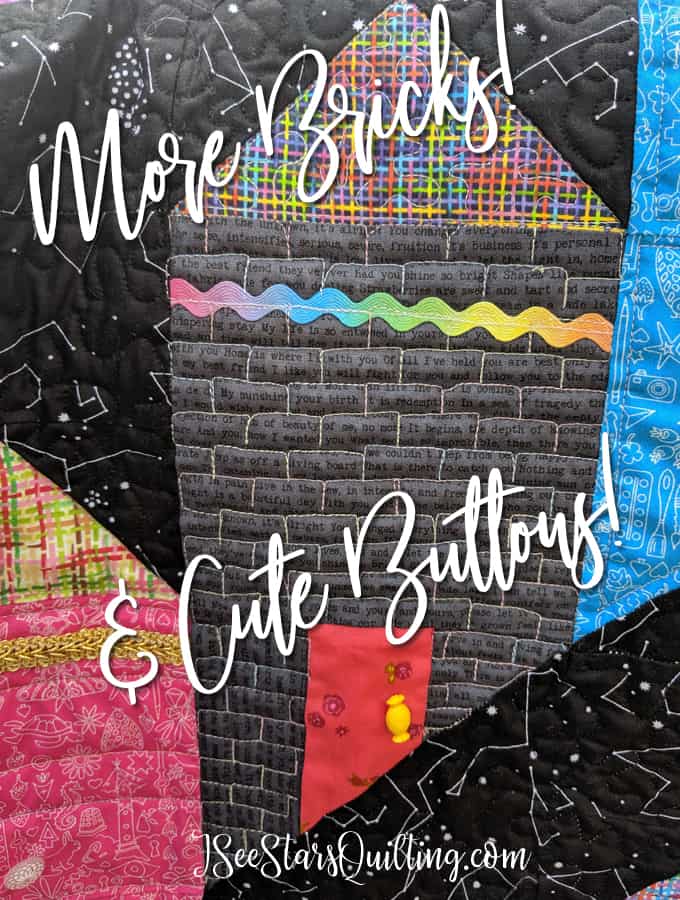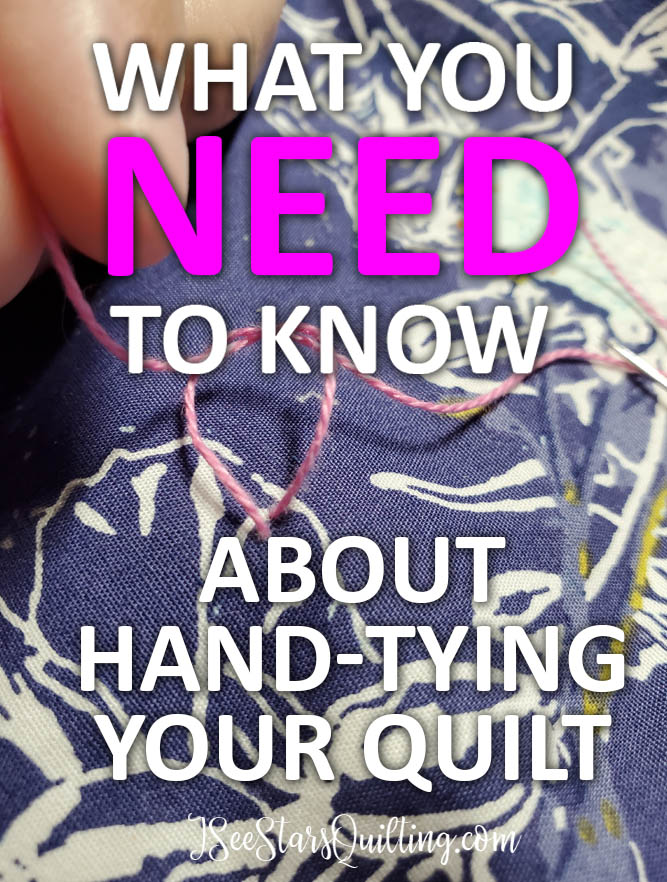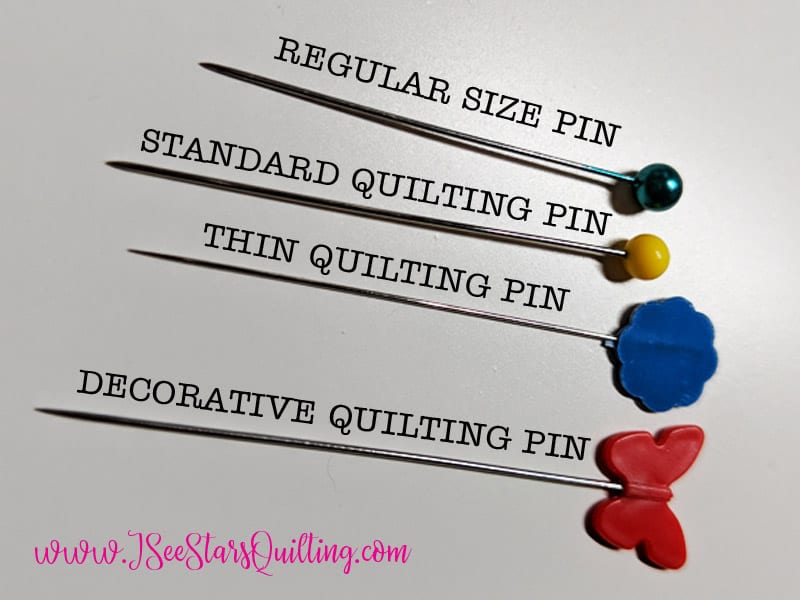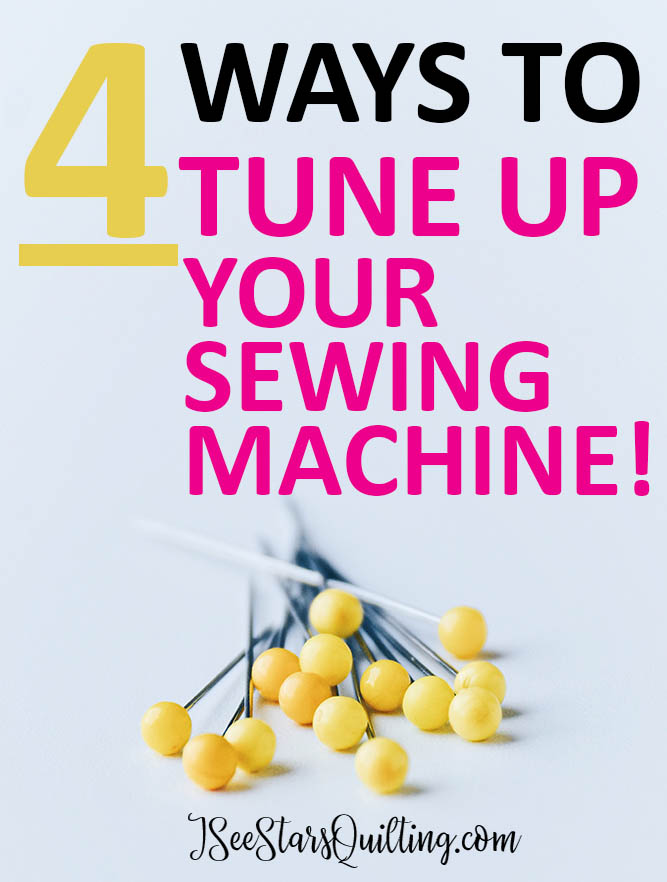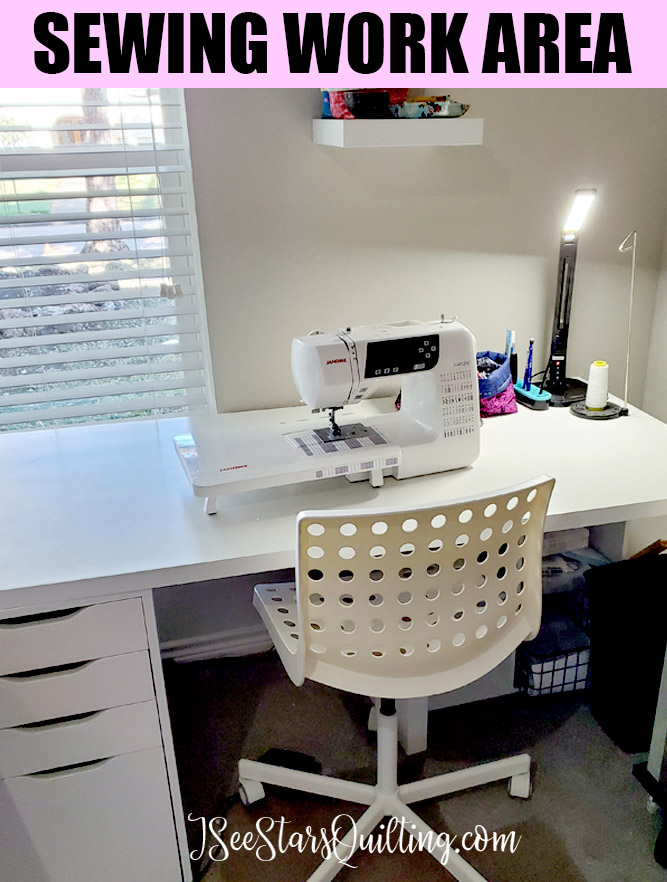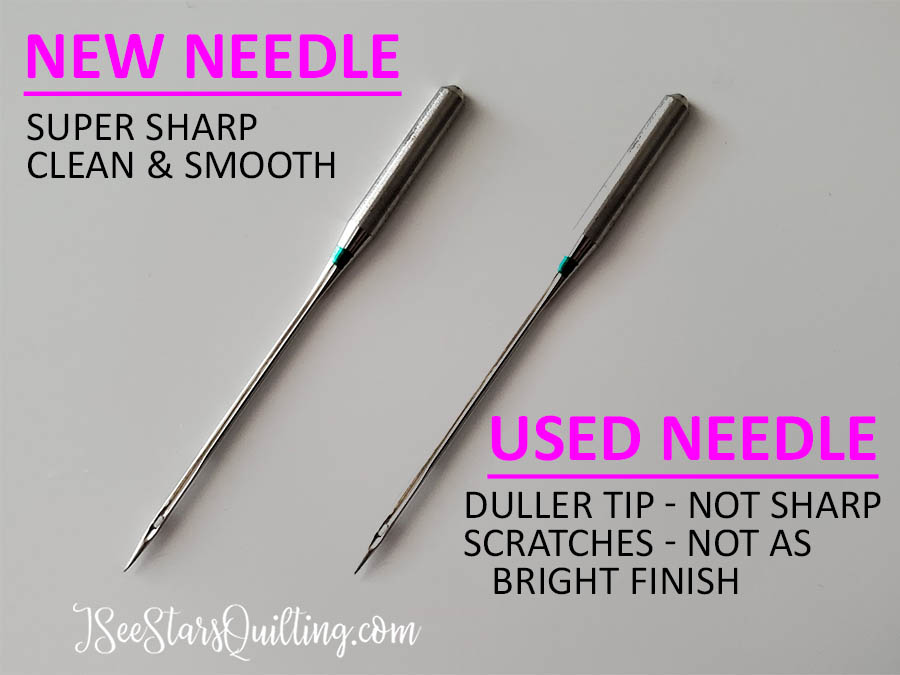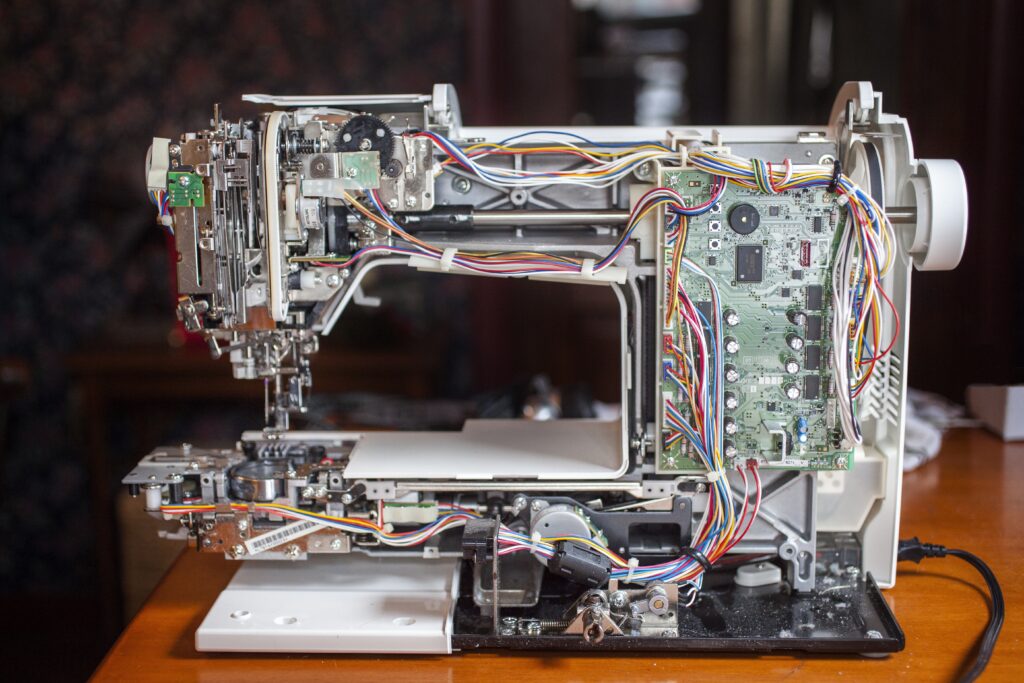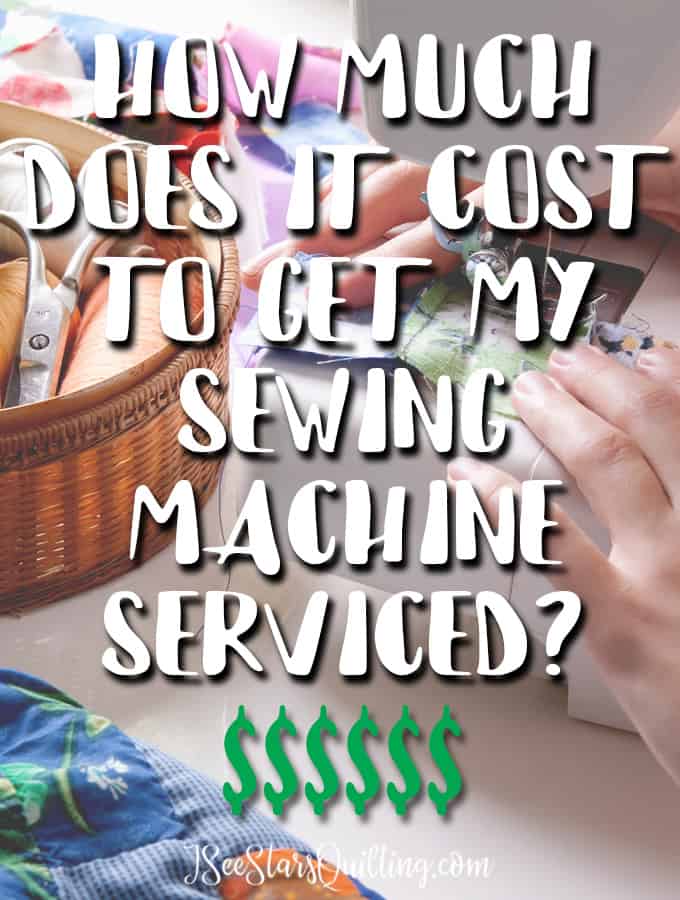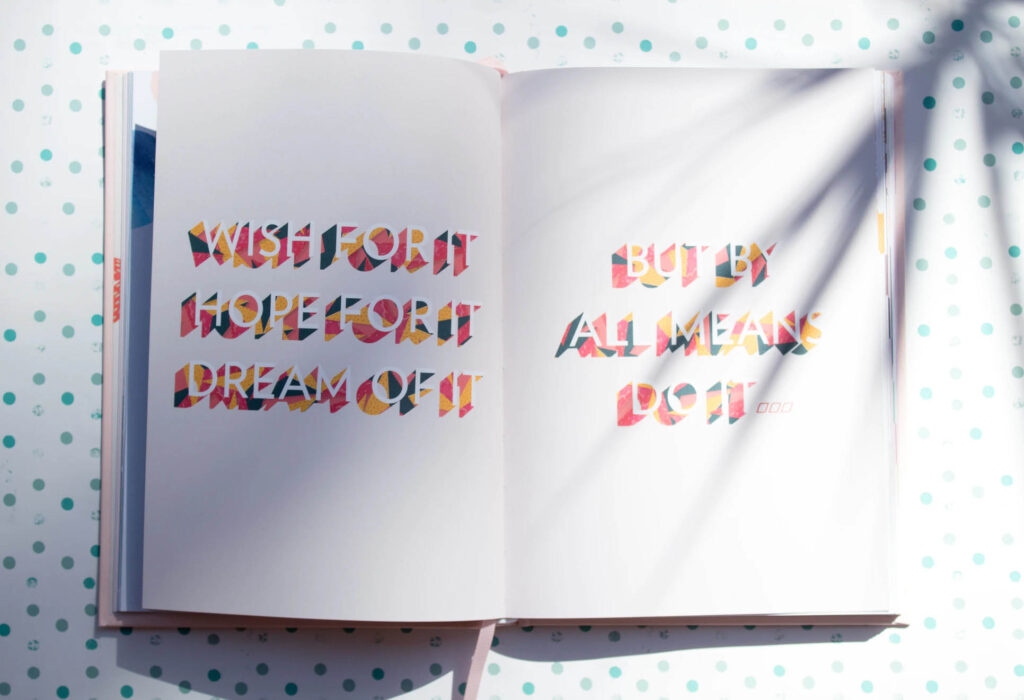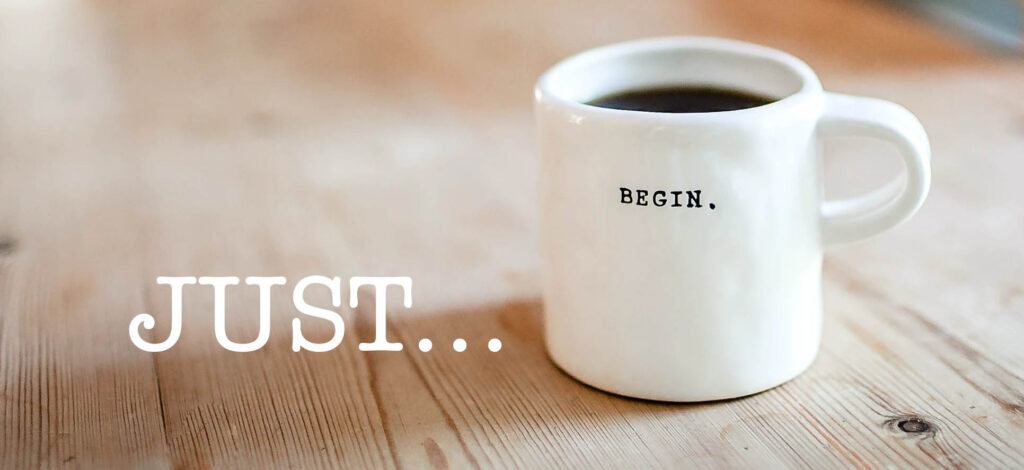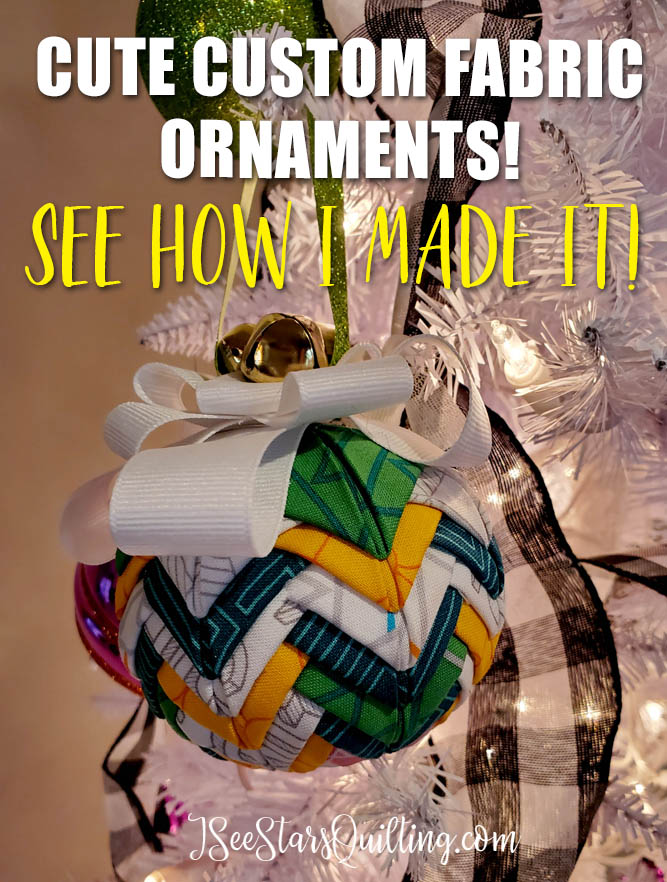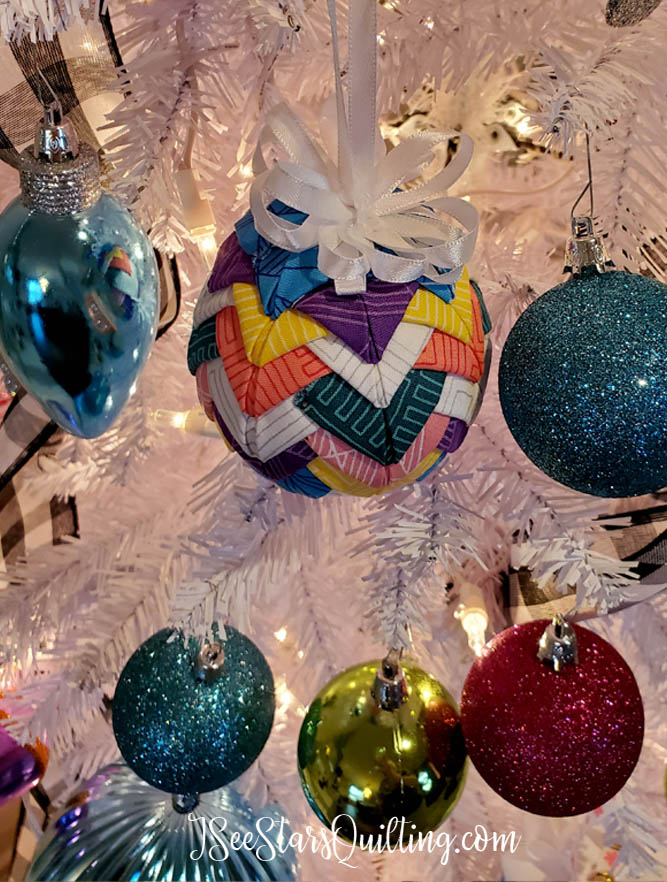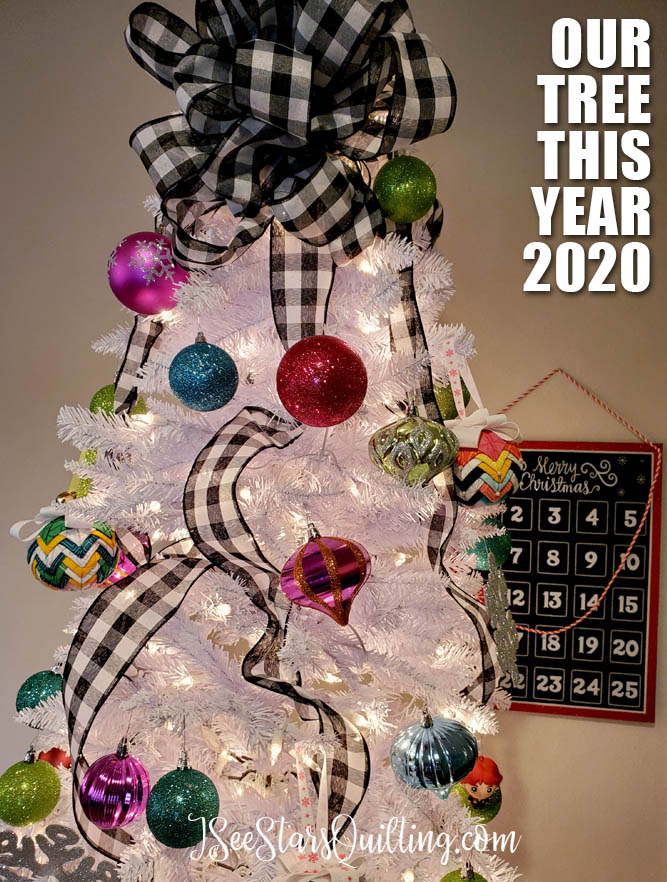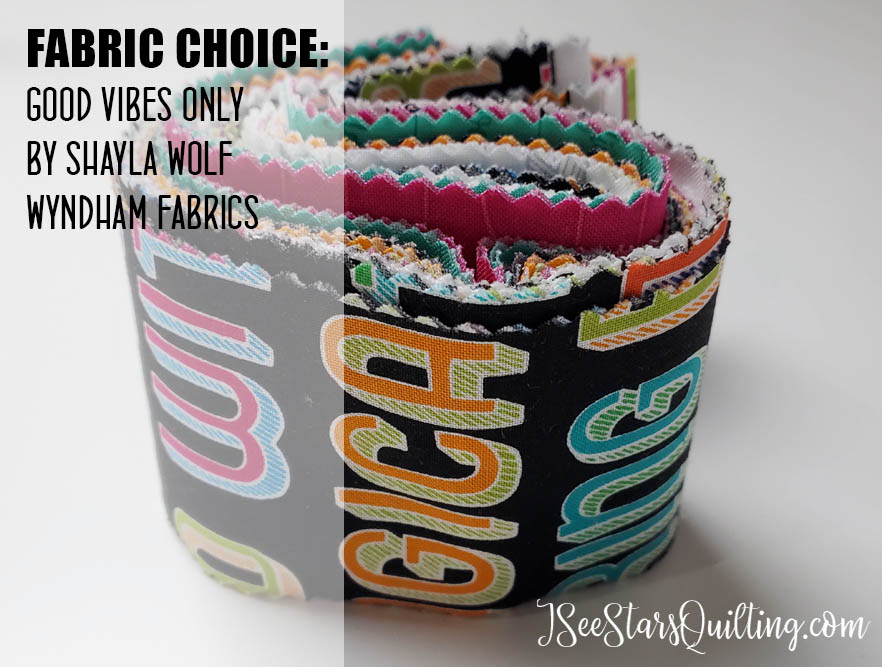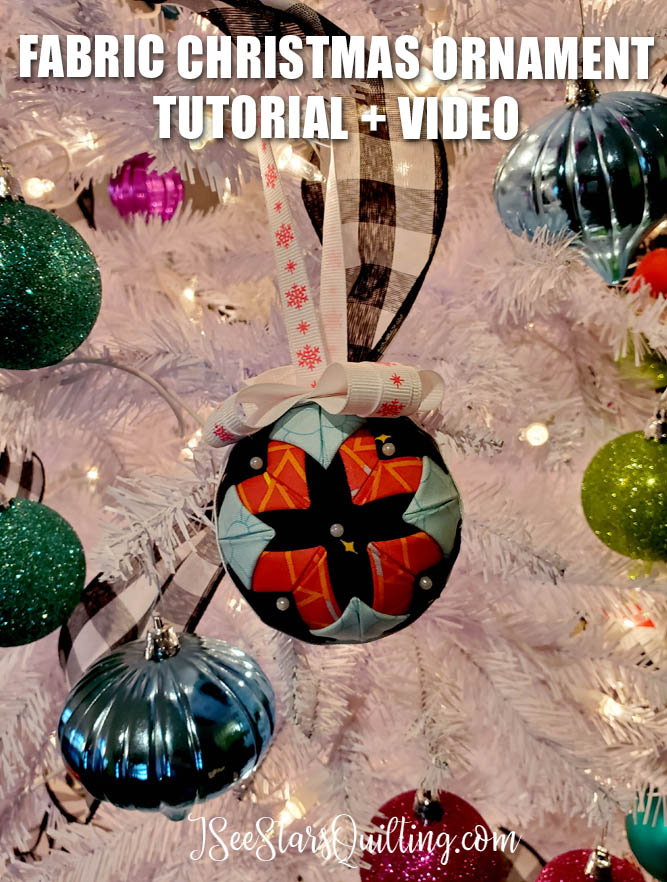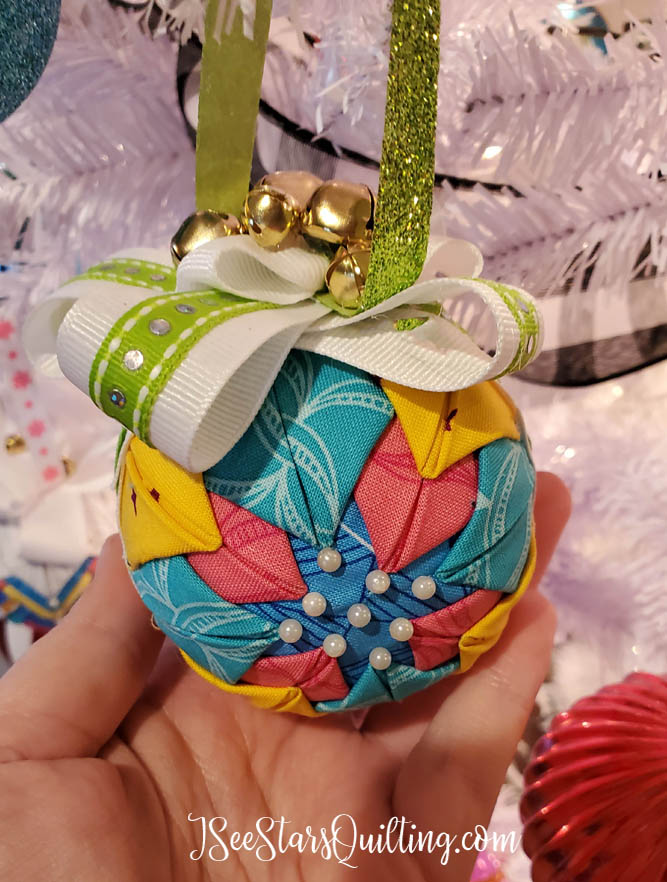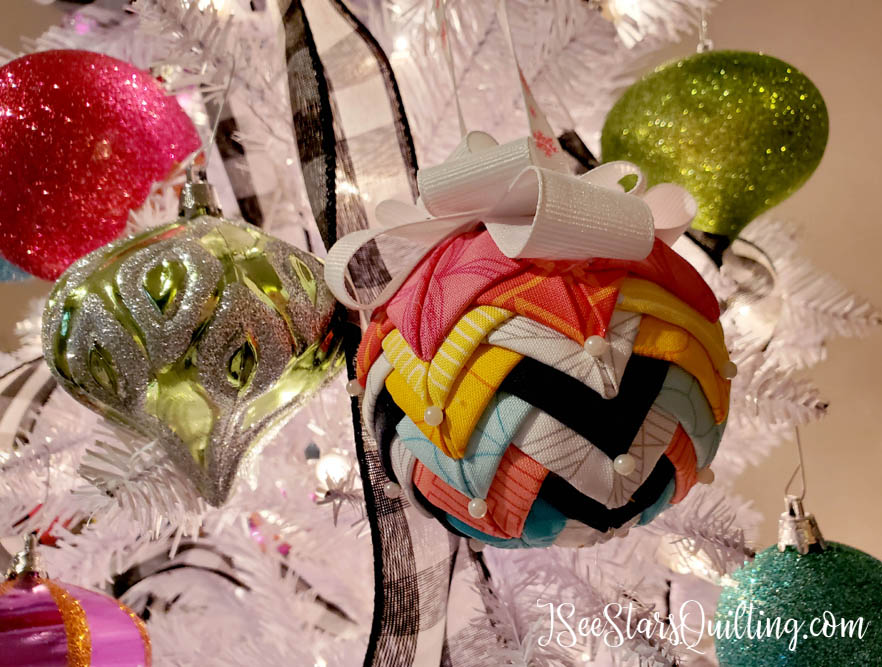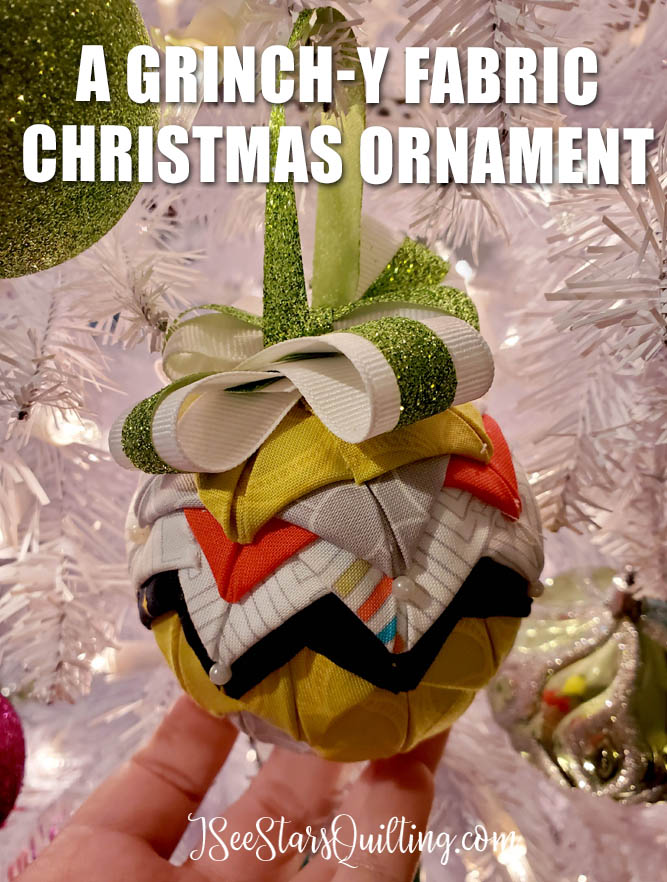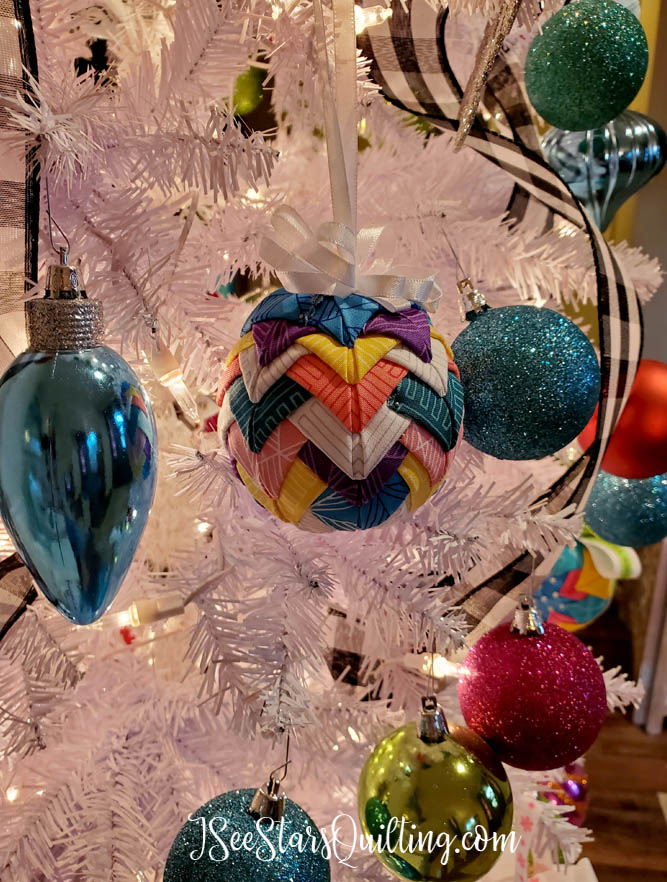2021 Word Of The Year Project – And Also My Foundation Paper Piecing Project
Every single year I choose a word to focus on for the upcoming year. It’s been a tradition since I was in college.
Your word of the year is supposed to help you to move towards what you want… your intentions for your own life and your goals… by giving you something to focus on.
For the last several years, I’ve ordered a small simple gold band with my word on it to add to my collection.
My word for 2020 was Intentional – I’ll spare you the long story because this post is about the project I made for 2021… but I learned how to be a lot more intentional with my time in 2020, as did the rest of the world. Truthfully, I think I’m still leaning heavily into learning how to declare my intentions with my life… It is always a work in progress, right?
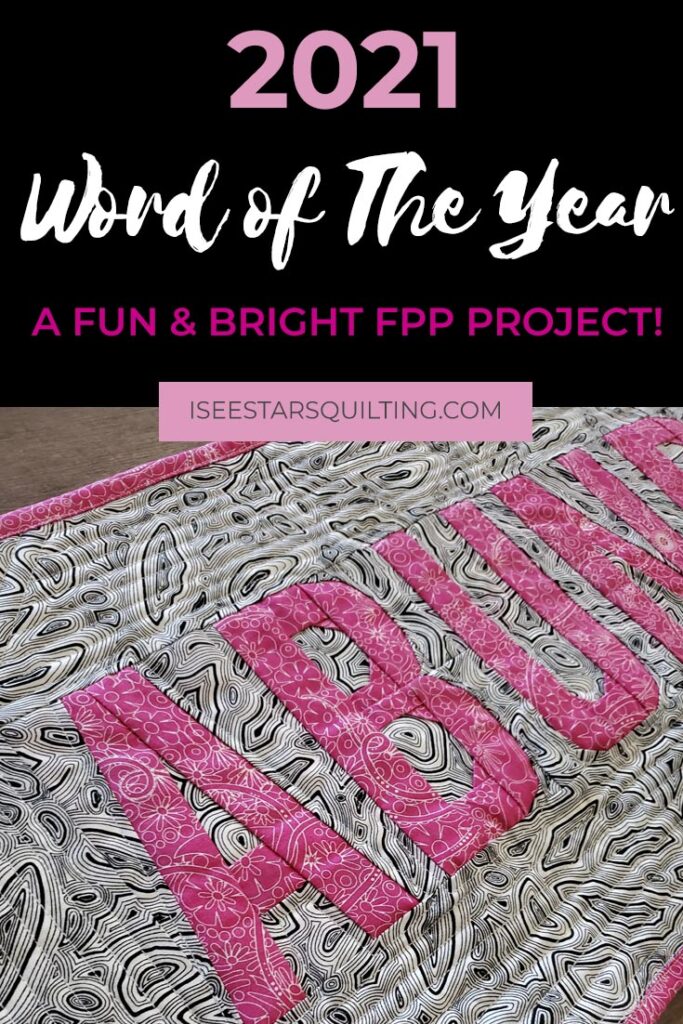
I decided on my word for 2021: ABUNDANCE.
My wish for 2021 is that we enjoy…
An abundance of blessings.
An abundance of love and joy.
An abundance of giggles and memories made.
An abundance of happiness and an abundance of forgiving grace…
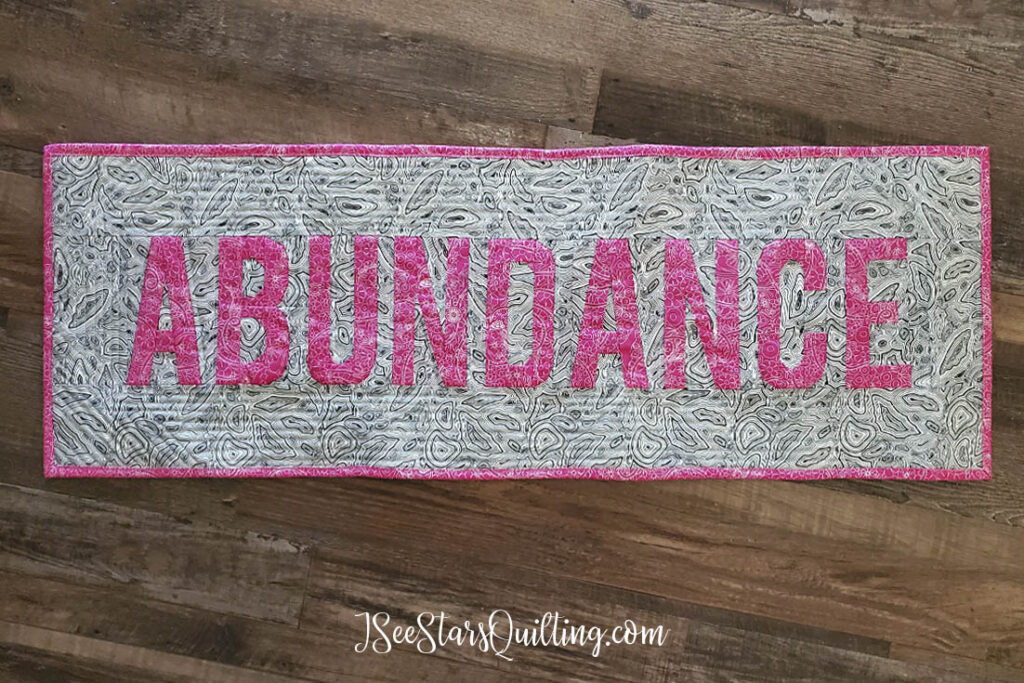
So I took some time out of our schedule and I created this wall hanging quilt.
It hangs right above the door in my office where I can see it every time I pass through.
I used a mix of Tula Pink Fabric and Alison Glass (two of my favorite fabric designers! 🥰) I am so pleased with the way that it turned out and I wanted to show it to you!
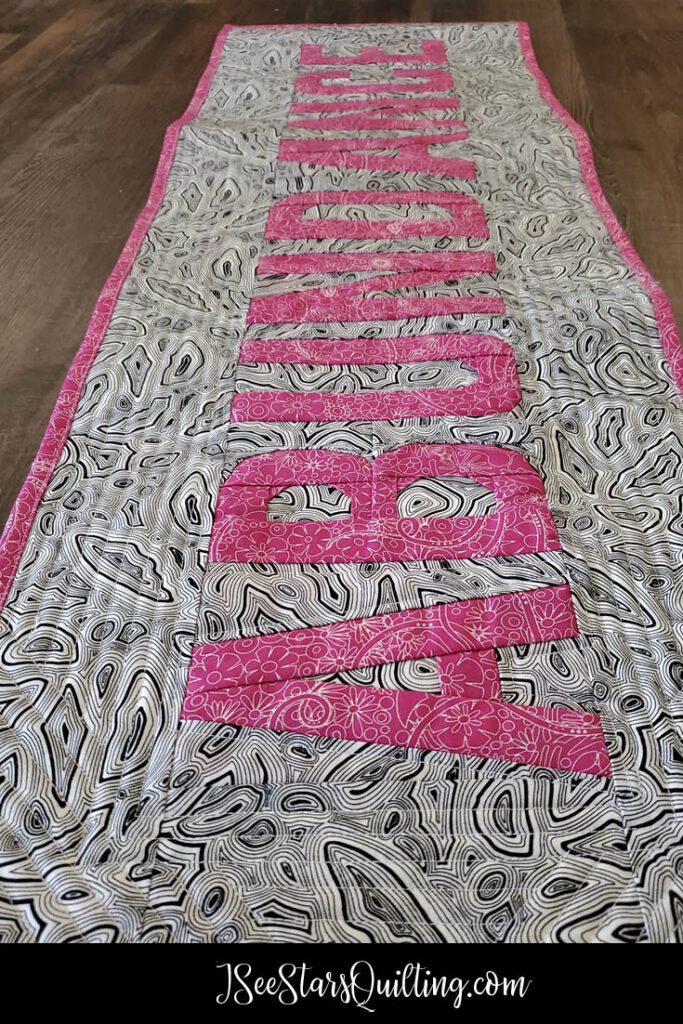
Do you ever take those personality quizzes just for fun? I used to take them all the time so I practically know what my answers will be every time.
I’m a perfectionist and an organizer with a touch of hot mess. Did you know that a lot of perfectionists tend to be big procrastinators as well?
It is absolutely 100% true. I swear. Essentially, you’re so afraid of it not being right or ready for it that you put off even starting your project until the very last second.
Ummm, hi. I’m Christen and this is me.
(If you just understood the meme above… we are now best friends!)
I love how perfect my fabrics come together through Foundation paper piecing!
Once you learn the basics and get the steps down for FPP… the world of creating beautiful perfect corners and angles is yours!
I mean perfection without the fuss and tears? I’m so totally in…
Check out the detailing of these FPP letters!
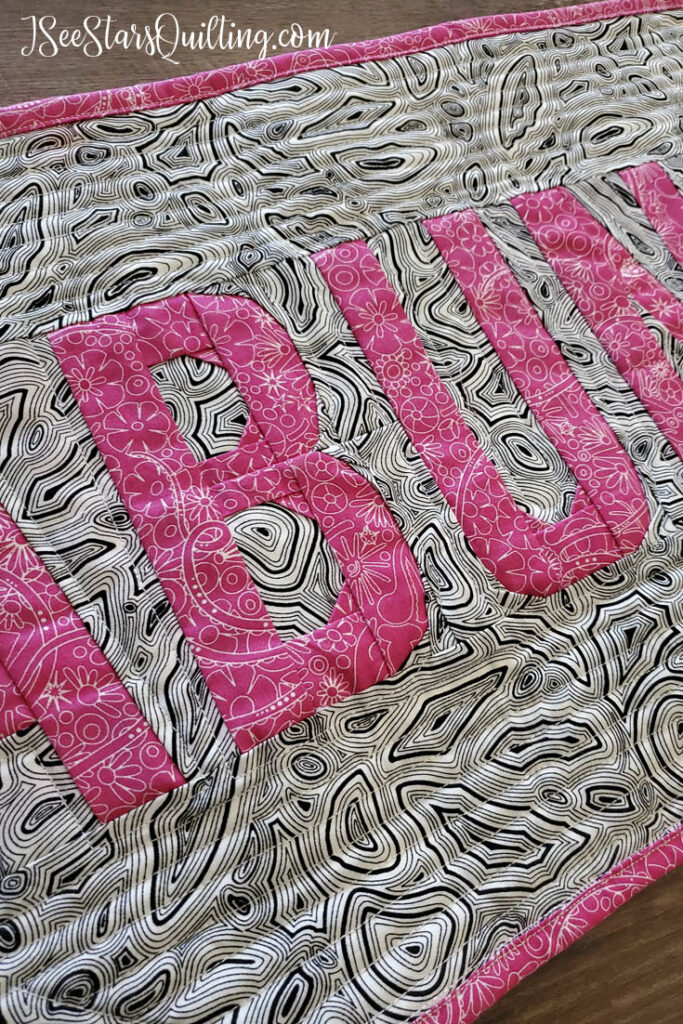
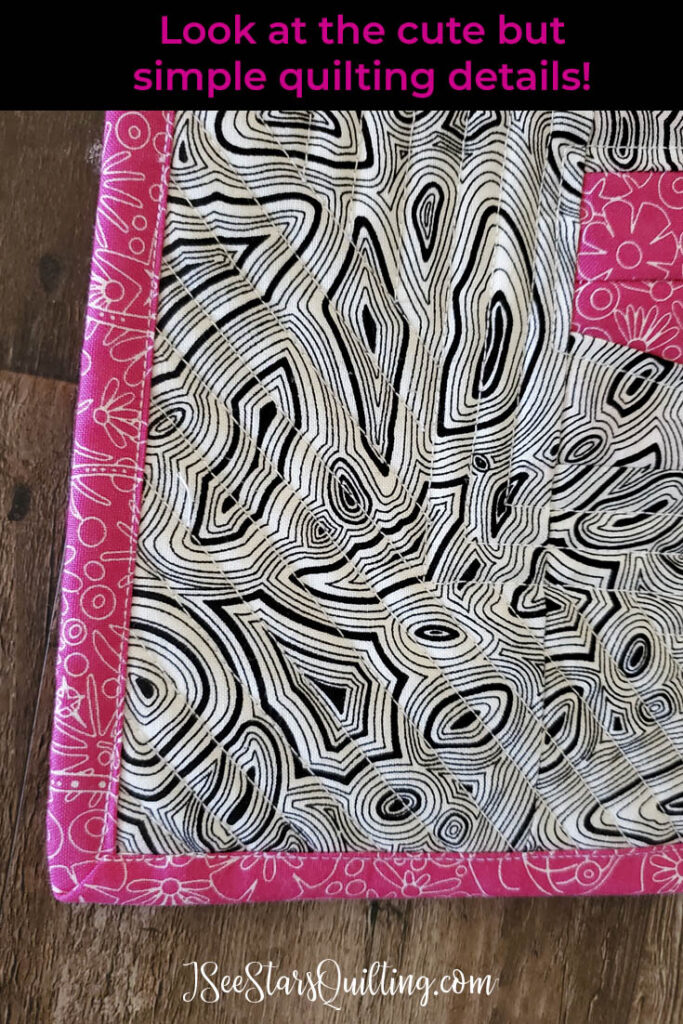
So… What is Foundation Paper Piecing (FPP)?
FPP stands for Foundation Paper Piecing.
I think that it is a skill every single quilter should have in their back pocket… even if you don’t use it very often.
My Quilt top making skills changed dramatically – as did my confidence in my piecing skills when I learned how to get the accurate piecing with the FPP technique.
In a nutshell, Foundation Paper Piecing is a fabric sewing technique where you stitch your fabric (using your sewing machine) to paper. After you have everything in place. You remove the paper with the guidelines and what is left is this gorgeous and sometimes detailed fabric creation that you then turn into a quilt… or any other fabric creation you can dream of!
I don’t know if you caught the big announcement I made this week… so I’ll go ahead and spill the beans here too….
I’m releasing a BRAND new course called Say Something FPP Academy where I’m teaching you everything I know about Foundation Paper Piecing and giving your quilts a voice!
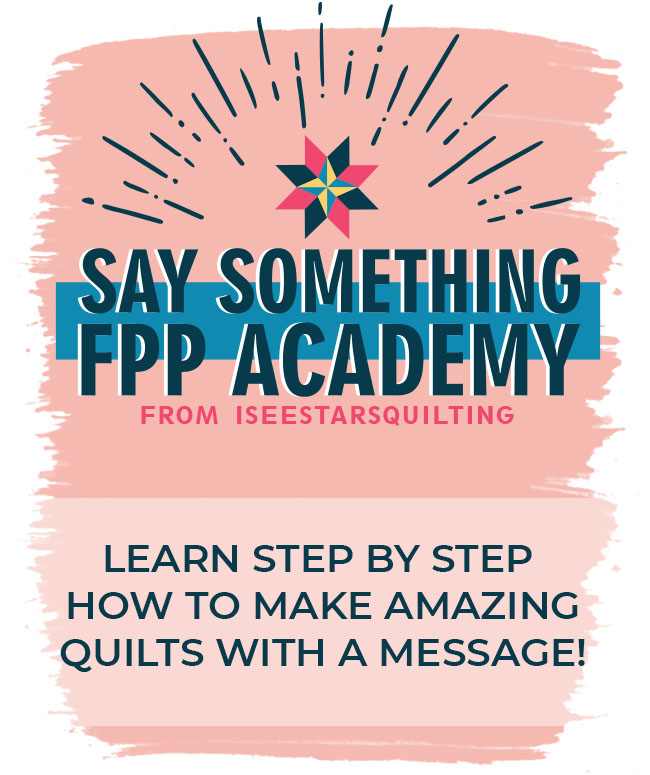
Here is the announcement video for it 😘
If you want more information on the course and the enrollment dates, you can check out this page with the details to Say Something FPP Academy.

Do you choose a word for each year? What is your word? I would love to hear it in the comments down below!

